I'm Joe Hanson, a Ph.D. biologist and science writer based in Austin, TX. I'm the creator/host/writer of PBS' Be Smart. Subscribe on YouTube by clicking below: Check out the books I've featured on my YouTube show here.Check...
Don't wanna be here? Send us removal request.
Video
youtube
Where Did Life Come From?
I just realized how long it’s been since I posted on here! I want to share my latest video with you fine people. This is part of a killer three-part collaboration with the folks from Eons and PBS Space Time exploring the origin of life and the common ancestor of every living thing on Earth.
It’s maybe the most ambitious topic I’ve ever tackled as a YouTuber, and I couldn’t be more proud of it. Check it out. It might just change the way you look at life.
Also, how are you?!
213 notes
·
View notes
Video
youtube
What Is Luck?
Is luck real? Sometimes it might feel like there’s a mystical force tugging you toward good or bad fortune, but it turns out that what we call “luck” is really where chance and probability run head-on into the human mind.
That’s right, there’s a scientific side to luck, and we’re exploring that on this week’s It’s Okay To Be Smart!
163 notes
·
View notes
Video
youtube
Seer of Seers Sage of Sages Prognosticator of Prognosticators Weather Prophet Extraordinary
So reads the official title of Punxsutawney Phil, the world’s most famous weather-predicting groundhog/woodchuck/marmot/whistle pig (yes, they are, in fact, all the same animal… surprises abound in the world of meteorological mammals).
Phil hails from the town of Punxsutawney, PA, where every year on February 2, a group of grown men sporting top hats and waxed mustaches pull him out of a box and ask him when winter will end. I can never keep straight whether seeing the shadow means spring will come early or if we’ll have a long winter, but this doesn’t really matter, since rodents are not good weather prediction tools.

Despite being about as reliable as a coin flip, Phil is joined in this annual tradition by more than a dozen North American groundhogs like Shubenecadie Sam, General Beauregard Lee, and Wisconson’s humbly-named Jimmy the Groundhog, seen here:

Surprise! Groundhogs can bite! And I would too, if you forcibly removed me from my warm, comfy house, held me aloft in the frigid air in front of thousands of gaping onlookers and flashing lights and asked me about a subject in which I have no expertise.

Rodents might not be real educated in the fields of meteorology and astronomy, but humans are! We’ve got Earth’s orbital mechanics and their corresponding effect on annual temperature cycles down to a literal science. We smart. Just look…

I dug into the science of seasons this week, and I discovered that our system of defining “winter” and “summer” and “spring” and “autumn”, at least the way that most of us non-meteorologists think of them, doesn’t really make sense when you compare it to the weather.

You might already know that we define “winter” or “summer” based on Earth’s position in relation to the sun, namely the solstices. This makes the seasons easy to keep track of, but for most of us these dates are unreliable, illogical, and remarkably disconnected from the actual weather. The little boxes on your calendar that say “First Day of Winter”, “First Day of Spring” and so on don’t line up very well with how cold or hot it is outside.
Unfortunately, that’s what happens when you try to apply a single calendar to an entire planet… could there be a better way?
You can learn the rest of the story by watching this week’s It’s Okay To Be Smart up at the top of this post. Enjoy!

342 notes
·
View notes
Video
youtube
How LEGO Helps Blind People See
I've been a LEGO maniac since I was old enough to figure out I shouldn’t eat the pieces. I still am a LEGO maniac… I mean, my avatar is my minifig! And then there’s the time I made this:

LEGO brought a world of creativity and making into many our lives, and I’d bet good money that lots of the world’s best engineers and designers started out by snapping bricks together. It’s a toy so incredible that it hardly seems fair to call it a “toy”.
But until I saw this video from Vanessa at BrainCraft, I assumed (by accident/ignorance) that LEGO was something you needed hands and eyes for. Could LEGO do for blind or visually impaired people what it did for me and for so many others? Could it actually do more? How would that even work?
Vanessa recently met an inspiring guy named Matthew, and this is his story. It’s changed the way I look at LEGO and a whole lot more.
194 notes
·
View notes
Video
youtube
What happens to a video after it gets uploaded to YouTube?
Making millions of videos from thousands of camera types play on thousands of models of computer and mobile device and making them work every time someone pushes the YouTube play button… well, that is nothing short of a technological miracle. But even as someone who lives and works on YouTube every day, seeing words like compression and codec thrown my way and trying to decode whatever that “processing” bar is doing… I guess I’ve never really asked myself how it’s all done on the level of bits and bytes and 1s and 0s.
Thankfully, we have this great series from Nat and Lo about the science behind YouTube to explain it all! Check out Part 2 here, “What happens when you watch a YouTube video?”
72 notes
·
View notes
Video
youtube
Meet the Donald Trump caterpillar!
I took a trip to the Peruvian Amazon recently, and while I was there I met the world’s absolute weirdest caterpillar. I mean, just look at it!
This orange ball of fluff is actually the larva of a Megalopygid moth, and its cute fuzz disguises thousands of venomous spines waiting to punish any animal that tries to eat it.
Can you see why scientists gave it the nickname “the Donald Trump caterpillar”?
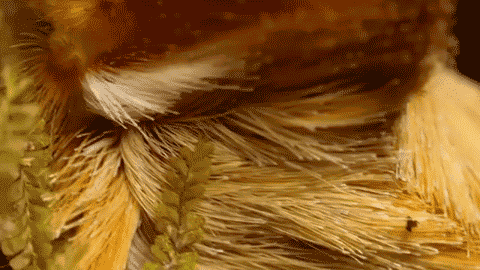
But as if that wasn’t cool enough, there’s another animal in the rainforest that disguises itself as the Trump caterpillar, and when you find out what it is, it’s going to blow your mind!
Enjoy this look at some of nature’s coolest disguise artists.
#science#nature#video#donald trump#donald trump caterpillar#pbs digital studios#mimicry#biology#itsokaytobesmart#joe hanson
375 notes
·
View notes
Photo

This protoplasm was apparently predicting the state of the world in 2016…
(limerick from the New York Evening Post, ca. 1920)
768 notes
·
View notes
Video
youtube
I’ve got a NEW VIDEO up on It’s Okay To Be Smart!
Why do more species live near the equator?
Last month I traveled to the Peruvian Amazon in search of some awesome science, and I found plenty. It was one of the most amazing experiences I’ve ever had. There’s just SO MUCH life down there!

But WHY do we find more species near the equator than we do closer to the poles?
This video will tell you why (or at least the best answers scientists currently have), and hopefully make you realize just how important it is to make sure it doesn’t disappear.
235 notes
·
View notes
Photo
How is this made? I want to learn how to take photos like these

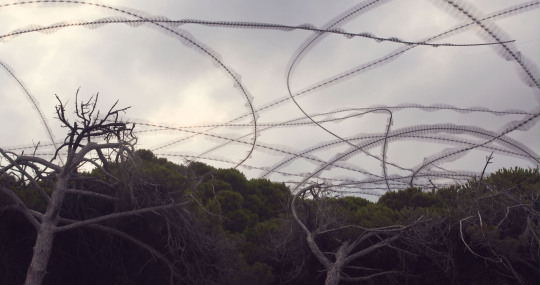
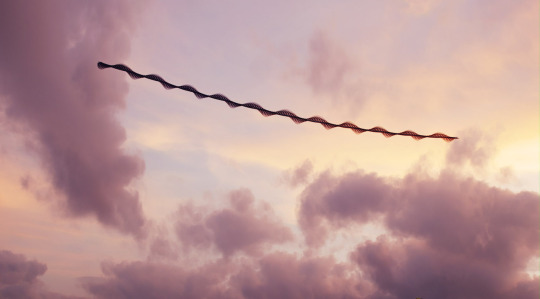


The theory of flight, Xavi Bou
1K notes
·
View notes
Photo


Counter these alarming statistics about gender in STEM with an illustrated celebration of pioneering women in science.
332 notes
·
View notes
Note
Take note!
what is mean of life???
Here is a 2.5 page mathematical analysis:
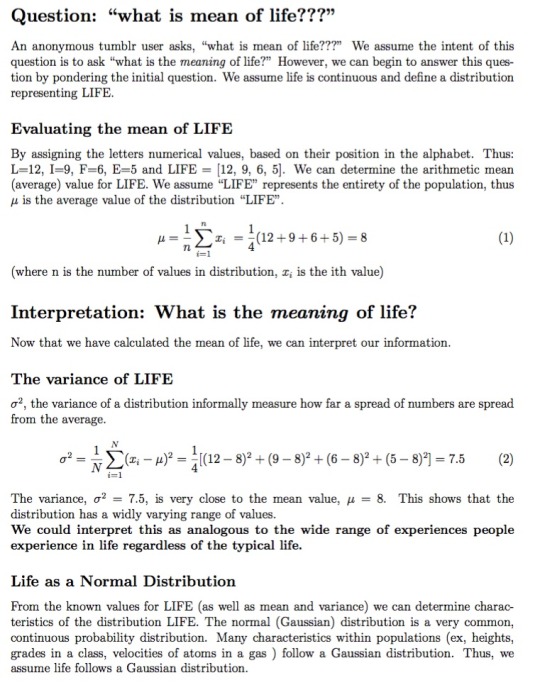
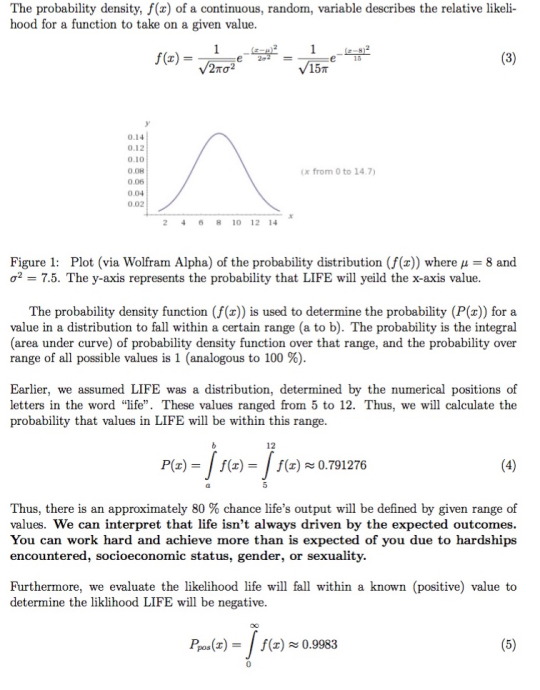
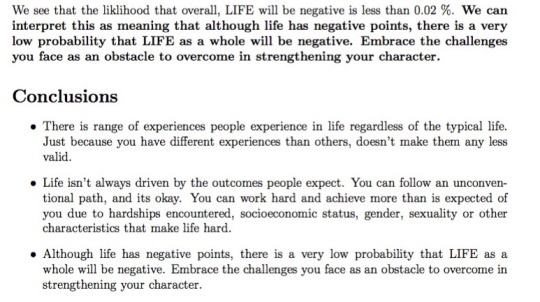
7K notes
·
View notes
Video
youtube
NEW VIDEO!
Why Are Salt & Pepper On Every Table?
They’re on just about every restaurant table in America. Most of our recipes call for them. Salt… and pepper. Who decided that this one gray, ground-up powder was going to be the #1 spice in the western diet?!
This has bothered me for a long time, and in this week’s It’s Okay To Be Smart, I finally get it off my chest.
Salt I understand. It’s a necessary ingredient for life, and much of our history has been influenced by either finding it, selling it, or keeping it from others. But why pepper?!
Pepper turns out to have an interesting history too, but with so many other spices to choose from, I think it’s time we break this flavor monopoly and add some other spices to our life… join me in saying #AnythingButPepper!

309 notes
·
View notes
Photo
Yup, here’s how the sun sees you:
youtube
vid by Thomas Leveritt



The Application of Sunblock in Visible and UV Light.
(lifepixel)
5K notes
·
View notes
Video
youtube
“Carnivorous Glowing Cave Worms Hunt by Mimicking the Stars of the Night Sky”
…is this A) the summary of a recently discovered H.P. Lovecraft story or B) the newest video from @kqedscience and the Deep Look team?
Nature you scary (and awesome and kinda gooey)
BONUS:
New Zealand’s glowing cave worms are featured in this gorgeous 4K timelapse from Timestorm Films. It’ll make ya feel good:
youtube
248 notes
·
View notes
Video
youtube
Vsauce Takes on Alzheimer’s and the Brain
I’m very impressed and thankful that Michael made this video. Give it a watch. You’ll learn what we know about this disease, and a lot about what we don’t know, but also how Alzheimer’s fits into the brain’s normal functions of memory and thought.
Alzheimer’s is something that has affected or will affect so many of our families, and despite great progress in research, treatment options still remain limited. Our parents and grandparents and great-grandparents carry irreplaceable memories, singular experiences written in synapses and flesh that can never be replicated. But they can be retold and passed on to us. Technology progresses, and we develop new means of archiving the now for the future, but memories are still the most valuable chronicle of our lives and our culture, and we should do everything we can to preserve and heal the brains that carry them.
Visit the Alzheimer’s Association to learn more: https://www.alz.org/
179 notes
·
View notes
Video
youtube
NASA celebrated the 4th of July by successfully putting the Juno spacecraft into orbit around Jupiter after a nearly five-year journey.
Here’s a time lapse movie of Juno’s final approach to our solar system’s largest planet. There’s 17 days and more than 7 million miles (11.3 million km) of space travel packed into this little film. The moons of Jupiter visible include (from innermost to outermost) Io, Europa, Ganymede, and Callisto, the four largest among 67 total Jovian moons.
I bet Galileo never thought we’d see them like this, eh?
Congrats to NASA and the Juno spacecraft team for doing maybe the hardest orbital thing we’ve ever done in space!
Here’s a poem from Ray Bradbury,”If Only We Had Taller Been”, recited originally for the 1971 arrival of Mariner 9 to Mars, but oh so appropriate today.
I send my rockets forth between my ears…
youtube
221 notes
·
View notes
Video
I did something similar a couple weeks ago!

Yep, I became a human lightning rod between two half-million volt singing Tesla coils and lived to tell about it. Faraday suits are cool.
Check out my latest video to find out how it works!
youtube
youtube
Half a Million Volts Surround This High Voltage Power Line Inspector
In electrical engineering, live-line working is the maintenance of electrical equipment, often operating at high voltage, while the equipment is energized.
A lineman wearing a Faraday suit can work on live, high-power lines by being transported to the lines in a helicopter. Wearing the suit, they can crawl down the wires.
262 notes
·
View notes